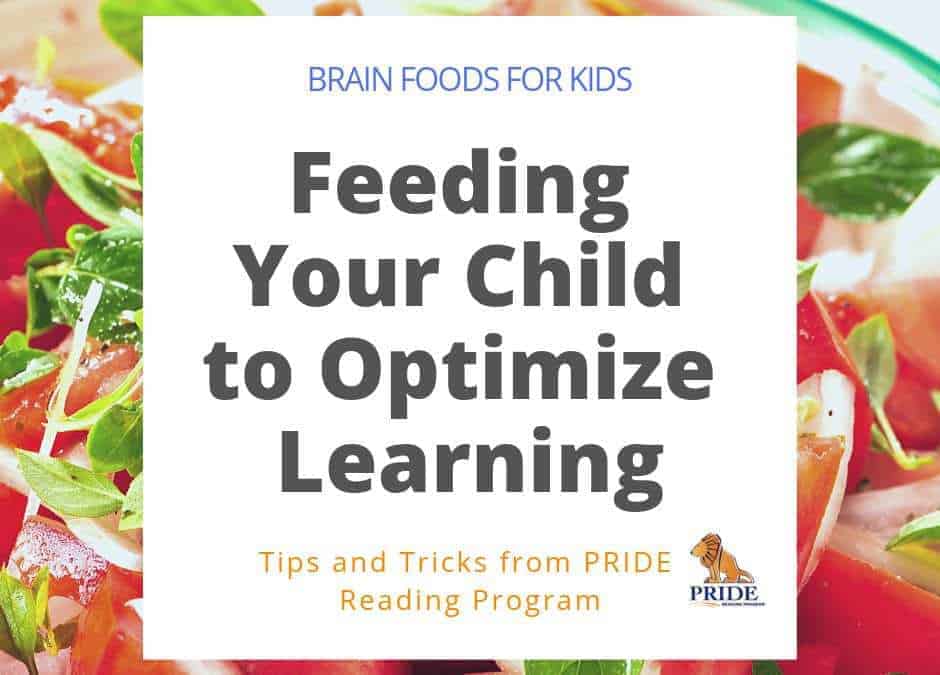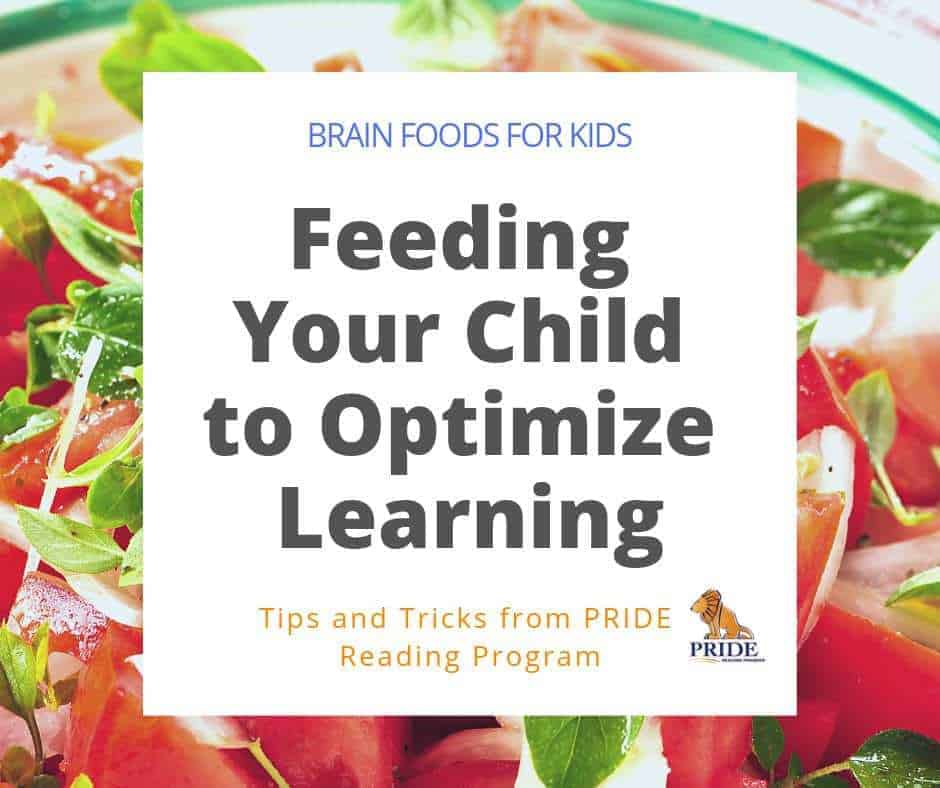Raising kids is an emotional experience, both exhilarating and exhausting. Watching your child learn to walk, talk or swim can be the exhilarating part. Those middle-of-the-night feedings, temper tantrums and childhood illnesses are exhausting. Another emotionally charged part of raising kids can be their nutrition; what they eat and what they won’t eat. Talk about frustrating. You can spend 90 minutes on dinner grilling that salmon, steaming kale, and boiling quinoa for dinner, but the kicker is getting your kid to eat it. What makes it more worrisome for parents is that now, more than ever, we know how important early nutrition is in childhood development and learning. Getting your kid to eat can be challenging, but it can be done.
When parents see me they think I have these magic meals or super savvy snack ideas that are jammed packed with nutrition that kids are going to love. I wish I did, but I don’t and I don’t know anyone that works in this field that does. Getting your child to expand his or her repertoire of food is a process and I divide it into two parts when working with parents; the first is WHAT to feed and the second is HOW to feed.
The “WHAT”of Brain Foods
The best “brain food”, and you may have guessed it, is going to be vegetables and fruits, lean proteins, nuts, beans, seeds, lower fat dairy products and whole grains. Planning menus with these foods is ideal.
The “HOW”of Brain Foods
This is the larger issue that many parents do not understand and underestimate its power. Ask yourself where, when and how are you feeding your child? Structured meals and snacks are imperative for all children, no matter the issue. And frequent snacking is going to guarantee that expanding your child’s repertoire of healthy “brain food” is going to be a challenge. Furthermore, there is a psychology behind raising a nutritionally healthy child and it is going to mean taking an insightful look at the way you, as the parent, were raised nutritionally and how you eat now.
[et_bloom_inline optin_id=”optin_4″]
I have tissue boxes all over my office because parents cry out of frustration when describing to me the picky eating habits their children have. Once parents have the education on what to feed and implement the right way to feed their children, kids are eating and parents are smiling. Changing how you feed your child takes time and patience, but it’s worth it for your peace of mind as the parent and for your child’s physical and emotional health.
Thank you Melanie R. Silverman for being our guest blogger this week! Melanie R. Silverman MS, RD, IBCLC is a pediatric registered dietitian and board certified lactation consultant. She is the owner of Feeding Philosophies (www.feedingphilosophies.), a private pediatric nutrition counseling business where she treats a variety of issues: ADD/ADHD, picky eating, underweight, overweight, food allergic, vegetarian/vegan, g-tube fed and Prader-Willi Syndrome.
Thank you for reading this post today on Brain Foods. Please don’t leave without checking out the PRIDE Reading Program. The PRIDE Reading Program is an Orton-Gillingham curriculum that is used by teachers, tutors, and homeschooling parents worldwide with great success.




